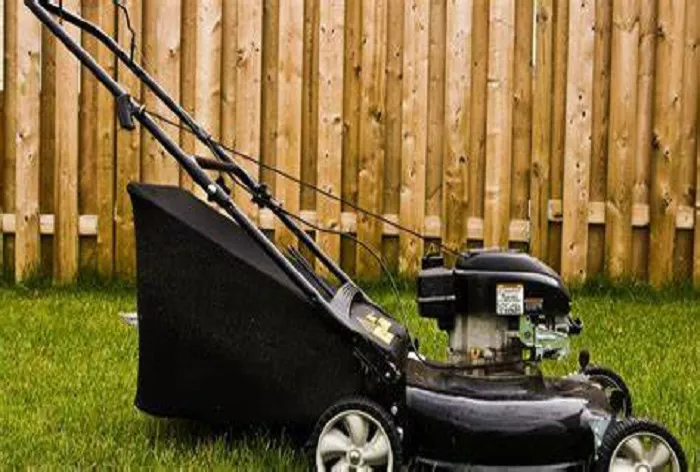A lawn mower’s engine relies on several critical components to maintain optimal performance. One such component is the governor spring, which plays a vital role in regulating engine speed. Without it, the engine could run too fast or too slow, leading to poor cutting performance, excessive wear, or even engine failure.
What Is a Governor Spring on a Lawn Mower?
A governor spring is a small but crucial part of a lawn mower’s governor system. This system ensures the engine maintains a consistent speed under varying loads. The governor spring works in conjunction with the governor arm and flyweights to adjust the throttle based on engine demand.
Key Functions of the Governor Spring
Regulates engine speed: Prevents the engine from running too fast (over-revving) or too slow (lugging).
Responds to load changes: Adjusts throttle position when the mower encounters thick grass or hills.
Protects the engine: Reduces strain on internal components by maintaining optimal RPM.
Types of Governor Springs in Lawn Mowers
Fixed-Length Governor Springs
- Made of high-tensile steel.
- Pre-set tension for specific engine models.
- Common in older or basic mowers.
Adjustable Governor Springs
- Feature hooks or loops for tension adjustment.
- Allow fine-tuning of engine RPM.
- Found in commercial or high-end mowers.
Symptoms of a Failing Governor Spring
Engine Surging
- The engine speeds up and down unpredictably.
- Caused by weak spring tension failing to stabilize the governor arm.
Loss of Power Under Load
- The mower struggles in thick grass but runs fine when unloaded.
- Indicates the spring is not allowing proper throttle adjustment.
Engine Over-Revving
- The mower runs at excessively high RPM, risking engine damage.
- Often due to a broken or detached governor spring.
Hard Starting or Stalling
- If the spring is too tight, the throttle may not open correctly, causing starting issues.
- A loose spring can lead to sudden stalling.
How to Inspect and Replace a Governor Spring
Inspection Steps
- Turn off the engine and disconnect the spark plug.
- Locate the governor spring near the carburetor or governor arm.
Replacement Guide
- Obtain the correct replacement spring (check the mower’s manual).
- Remove the old spring using pliers (avoid bending other components).
- Install the new spring in the same position as the original.
- Adjust tension (if applicable) to manufacturer specifications.
Maintenance Tips for Governor Springs
Clean regularly: Remove dirt and grass clippings to prevent corrosion.
Lubricate sparingly: Use a light oil to reduce friction (avoid grease).
Check alignment: Ensure the spring is properly seated on linkage hooks.
Inspect during tune-ups: Include it in your seasonal maintenance routine.
Conclusion
The governor spring is a small yet vital part of a lawn mower’s engine control system. It ensures smooth operation by balancing throttle response under varying loads. Understanding its function, recognizing failure symptoms, and performing proper maintenance will help keep your mower running efficiently for years.
If your mower exhibits speed fluctuations or power loss, inspect the governor spring promptly. Replacing a worn spring is a simple and cost-effective way to restore peak performance.

